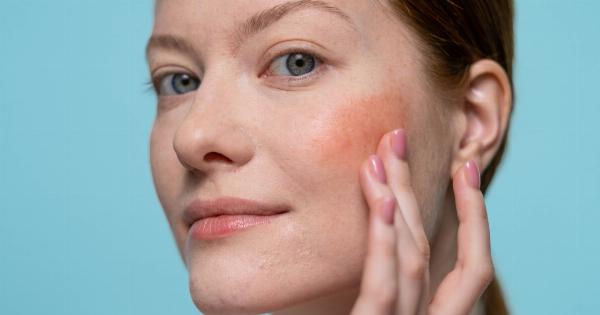Diabetes is a chronic condition that affects the body’s ability to regulate blood sugar levels. It occurs when the pancreas does not produce enough insulin or when the body cannot effectively utilize the insulin it produces.
Diabetes can lead to serious health complications if not properly managed, including damage to various organs and systems of the body.
Types of Diabetes
There are several types of diabetes, including:.
Type 1 Diabetes
Type 1 diabetes, also known as insulin-dependent diabetes, usually develops during childhood or adolescence. It occurs when the immune system mistakenly attacks and destroys the insulin-producing cells in the pancreas.
People with type 1 diabetes require daily insulin injections or the use of an insulin pump to manage their blood sugar levels.
Type 2 Diabetes
Type 2 diabetes, also known as non-insulin dependent diabetes, is the most common form of diabetes. It usually develops in adulthood and is often associated with lifestyle factors such as obesity and physical inactivity.
In type 2 diabetes, the body becomes resistant to the effects of insulin or does not produce enough insulin to maintain normal blood sugar levels.
Gestational Diabetes
Gestational diabetes develops during pregnancy and usually goes away after giving birth. However, women who have had gestational diabetes are at a higher risk of developing type 2 diabetes later in life.
Diabetes and the Skin
The skin can provide important clues and symptoms that may indicate the presence of diabetes. Here are some skin-related symptoms to watch out for:.
1. Darkened Patches of Skin
A condition called acanthosis nigricans can lead to darkened patches of skin, particularly in the folds and creases of the body.
These patches may appear velvety and may be a sign of insulin resistance, which is commonly seen in individuals with type 2 diabetes.
2. Itchy Skin
Diabetes can cause dryness and itchiness of the skin. The excessive thirst and frequent urination associated with diabetes can lead to dehydration, which in turn can result in dry skin.
Additionally, high blood sugar levels can affect nerve endings, leading to itching sensations.
3. Slow Healing of Wounds
People with diabetes often experience slow healing of wounds. Elevated blood sugar levels can impair blood circulation and damage blood vessels, making it difficult for the body to repair itself.
Even minor cuts and abrasions can take longer than usual to heal.
4. Skin Infections
Diabetes can weaken the immune system, making individuals more susceptible to skin infections. Fungal infections, such as yeast infections and jock itch, are common in people with diabetes.
Bacterial infections, such as styes and boils, may also occur more frequently.
5. Diabetic Dermopathy
Diabetic dermopathy refers to light brown, scaly patches that appear on the front of the legs. These patches may be mistaken for age spots but are actually caused by changes in small blood vessels.
The patches do not typically cause any discomfort or itching.
6. Diabetic Blisters
Some individuals with diabetes may experience diabetic blisters, also known as bullosis diabeticorum. These blisters can appear on the hands, feet, legs, or forearms and may be filled with a clear fluid.
They are usually painless and heal on their own without any intervention.
7. Skin Discoloration
People with diabetes may develop patches of skin that are lighter or darker than their normal skin tone. This discoloration can occur in various areas of the body, including the neck, armpits, and groin.
It is often a result of insulin resistance and can be a sign of type 2 diabetes.
8. Necrobiosis Lipoidica Diabeticorum
Necrobiosis lipoidica diabeticorum is a rare condition that affects the skin, typically on the lower legs. It appears as raised, yellow-brown patches with distinct borders.
These patches may become itchy, painful, or ulcerated, and they tend to heal slowly.
9. Digital Sclerosis
Digital sclerosis refers to a thickening of the skin on the hands or feet, causing it to become tight and waxy. The skin may also appear shiny and feel stiff.
This condition is more common in individuals with type 1 diabetes and can affect joint mobility.
10. Skin Tags
People with diabetes may develop additional skin tags, particularly around the neck and armpits. Skin tags are small, soft growths that often occur in skin folds. Although harmless, they can be a cosmetic concern for some individuals.
Conclusion
It is important to pay attention to any changes or symptoms on the skin, as they could be indicative of underlying health conditions such as diabetes.
If you notice any unusual or persistent skin-related symptoms, it is recommended to consult with a healthcare professional for proper evaluation and diagnosis.




























